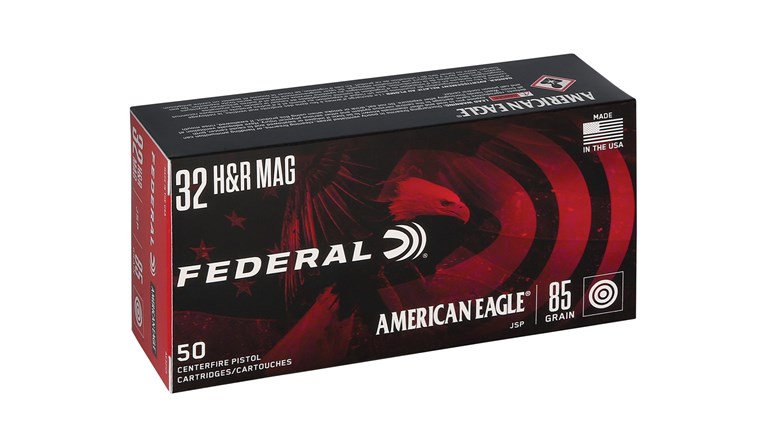
It's been awhile since Federal Premium invented turkey-specific shotshells—that was way back in 1992—but 2015 served as an even larger turkey-related hallmark for the folks up in Anoka, thanks to the introduction of 3rd Degree. Using a multi-shot, three-stage payload to deliver lethal patterns, 3rd Degree served as the company's answer to consumer demands for tighter patterns and longer ranges. Its arrival resonated with consumers, and thoroughly impressed American Hunter Executive Editor Adam Heggenstaller, who covered it in a Hardware piece last year. For 2016, Federal has decided it's time to start expanding the line with the introduction of a 20-gauge offering.
Here are five things you need to know about the new 3rd Degree 20 Gauge.
1. It's the same technology, just in a 20-gauge package.
Not familiar with the 3rd Degree build? I'll explain. It uses a multi-shot, three-stage payload. The leading section of the payload—20 percent of the total pellet count—is made up of No. 6 nickel-plated Flitestopper lead. The next 40 percent of the load is copper-plated No. 5 lead shot. The final 40 percent of 3rd Degree’s payload consists of No. 7 Heavyweight pellets. The Flitestopper portion is designed for close-range shots, the No. 5 lead shot for mid-range and the No. 7 Heavyweight for long-range.
2. It's built to deliver.
The 3-inch, 20-gauge load has 1 7/16 ounces of No. 5, 6, and 7 shot. The average pellet count, in Federal's testing, was 280.
3. It's versatile.
Like its big brother, 3rd Degree 20 Gauge is designed to be hyper effective at both long and short range. That's what the payload's variety is for. You're not handcuffing yourself, either way. Federal claims that when tested at 10 yards, the pattern measured 6 inches wide. Pellet count at 20 yards in a 10 inch pellet circle was 174 and at 40 yards within the 10 inch circle it was 76.
4. If you buy 3rd Degree, you're giving back.
Federal has pledged that a portion of all proceeds received from the 3rd Degree line will be donated to the National Wild Turkey Federation. I don't know if that'll be enough to convince your spouse that you need a whole case, but it should lighten your step a little bit after each purchase, anyway.
5. You're just as likely to tag a tom with your 20 gauge as you are your 12, at all practical distances.
Thanks to technological advancements in ammunition and choke tubes, there's no real disadvantage to using the smaller gun. Don't believe me? Contributor Aaron Carter delivered the scientific breakdown last year in "The Terrific Twenty." Check it out.
Adding a 20-gauge variant was a no-brainer for Federal, admittedly. We should know more about the new load's effectiveness this spring, when turkey seasons roll back around. In the meantime, stay tuned to our SHOT Show 2016 coverage.
For more information, go to FederalPremium.com.





































